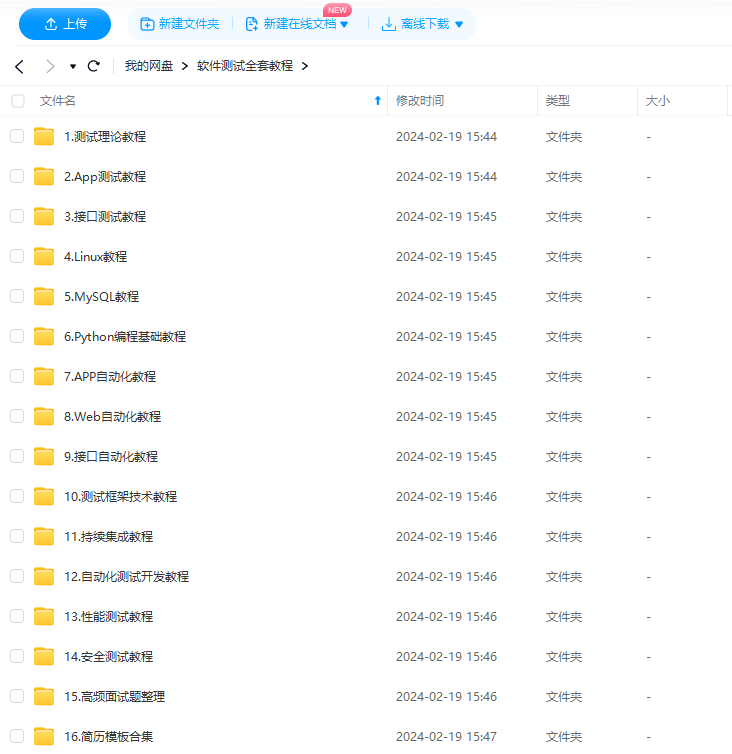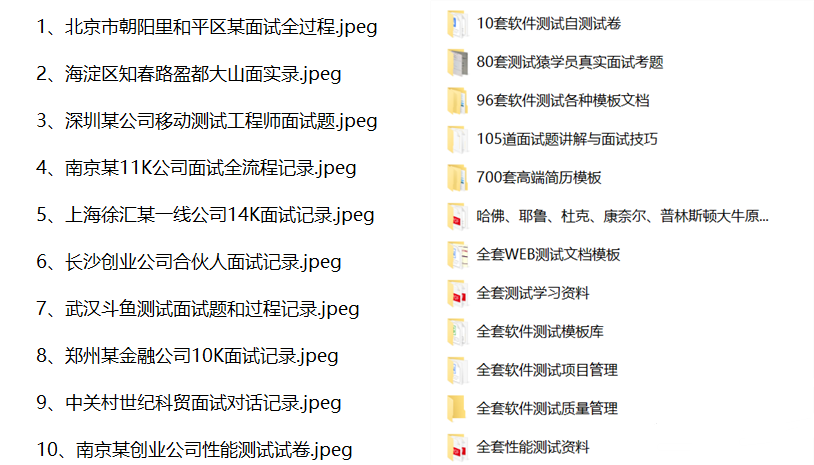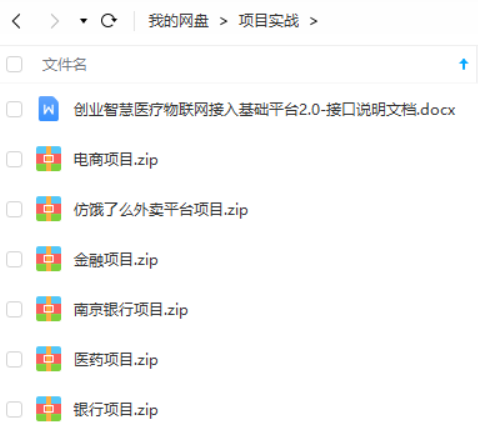
作为开发人员,我们努力编写准确无误的代码,但实际上没有人这样做,因为......bug。为了在这些讨厌的bug对我们的应用程序造成严重破坏之前将其捕获,我们依赖于自动化测试。正向测试可以确保我们的代码按照预期运行,而负向测试则在验证我们的应用程序是否足够强大,在处理意外输入和边缘情况方面发挥着至关重要的作用。
我正在开发 Pythagora,这是一款开源工具,它可以自己编写自动化集成测试(当然,GPT-4 也会提供一些帮助),开发人员无需编写任何代码。基本上,你可以在 30 分钟内实现从 0 到 80% 的代码覆盖率。我们刚刚创建了一项功能,只需一条命令就能从整个测试套件中自动生成负向测试。在创建该功能时,我研究了破坏API服务器的不同方法,以测试它是否能正常处理错误。这里有一个全面的列表,如果被测代码不能正确处理错误,则有可能破坏服务器。
1. 必填字段为空或缺失
{
"endpoint": "/api/users",
"body": {
"username": "",
"email": ""
},
"method": "POST"
}2. 无效字段值 - 超过字符限制
{
"endpoint": "/api/users",
"body": {
"username": "ThisIsAnIncrediblyLongUsernameThatExceedsTheCharacterLimit"
},
"method": "POST"3. 无效字段值-数据格式错误
{
"endpoint": "/api/users",
"body": {
"email": "invalid-email@"
},
"method": "POST"
}4. 有效负载中多余的或不相关的键
{
"endpoint": "/api/users",
"body": {
"username": "validuser",
"extra_key": "irrelevant_value"
},
"method": "POST"
}5. 不正确或无效的HTTP方法
{
"endpoint": "/api/users/123",
"body": {},
"method": "POST"
}6. 无效终端路径
{
"endpoint": "/api/nonexistent_endpoint",
"body": {},
"method": "GET"
}7. 在 POST 请求中使用查询参数而不是请求正文
{
"endpoint": "/api/users?username=testuser",
"body": {},
"method": "POST"
}8. 缺失或无效的身份验证标头(如 API 密钥)
{
"endpoint": "/api/users",
"body": {},
"method": "GET",
"headers": {
"Authorization": "Invalid API_KEY"
}
}9. 不正确的数据结构 - 数组而非对象
{
"endpoint": "/api/users",
"body": [
"username": "testuser",
"email": "test@example.com"
],
"method": "POST"
}10. 不正确的数据结构 - 对象而非数组
{
"endpoint": "/api/users",
"body": {
"users": {
"username": "testuser",
"email": "test@example.com"
}
},
"method": "POST"
}11. JSON格式问题-无效的Unicode字符
{
"endpoint": "/api/users",
"body": {
"username": "test\uFFFFuser"
},
"method": "POST"
}12. 有效负载中的重复键
{
"endpoint": "/api/users",
"body": {
"username": "testuser",
"username": "duplicate"
},
"method": "POST"
}13. 无效或不支持的内容类型(例如,发送XML而不是JSON)
{
"endpoint": "/api/users",
"body": "<user><username>testuser</username><email>test@example.com</email></user>",
"method": "POST",
"headers": {
"Content-Type": "application/xml"
}
}14. 超过有效载荷大小限制
{
"endpoint": "/api/users",
"body": {
"large_data": "A very large data string that exceeds the server's payload size limit..."
},
"method": "POST"
}15. 无效或过期的身份验证令牌
{
"endpoint": "/api/users",
"body": {},
"method": "GET",
"headers": {
"Authorization": "Bearer expired_token"
}
}16. 在字段值中使用特殊字符
{
"endpoint": "/api/users",
"body": {
"username": "test!@#$%^&*()-user"
},
"method": "POST"
}17. 发送嵌套对象而不是简单的键值对
{
"endpoint": "/api/users",
"body": {
"user": {
"username": "testuser",
"email": "test@example.com"
}
},
"method": "POST"
}18. 以错误的数据类型(如字符串而非整数)发送数据
{
"endpoint": "/api/users",
"body": {
"age": "25"
},
"method": "POST"
}19. 为必需的字段发送空值
{
"endpoint": "/api/users",
"body": {
"username": null
},
"method": "POST"
}20. 在字段名中使用保留关键字
{
"endpoint": "/api/users",
"body": {
"class": "user"
},
"method": "POST"
}21. 发送不完整或格式错误的多部分上传文件
{
"endpoint": "/api/upload",
"body": {
"file": "incomplete_file_data"
},
"method": "POST",
"headers": {
"Content-Type": "multipart/form-data"
}
}22. 特殊字符的URL编码不正确或缺失
{
"endpoint": "/api/users?username=test user",
"body": {},
"method": "GET"
}23. 在 GET 请求中发送请求内容
{
"endpoint": "/api/users",
"body": {
"username": "testuser"
},
"method": "GET"
}24. 无效的日期或时间格式
{
"endpoint": "/api/users",
"body": {
"birthdate": "01-25-1990"
},
"method": "POST"
}25. 在字段名中使用非 ASCII 字符
{
"endpoint": "/api/users",
"body": {
"üsername": "testuser"
},
"method": "POST"
}26. 发送深度嵌套对象
{
"endpoint": "/api/users",
"body": {
"user": {
"profile": {
"details": {
"nested": "too_deep"
}
}
}
},
"method": "POST"
}27. 在字段值中使用不可打印字符或控制字符
{
"endpoint": "/api/users",
"body": {
"username": "test\u0008user"
},
"method": "POST"
}28. 用不同的值多次发送相同的字段
{
"endpoint": "/api/users",
"body": {
"username": "testuser",
"username": "different"
},
"method": "POST"
}29. 请求正文的内容长度标头缺失或无效
{
"endpoint": "/api/users",
"body": {
"username": "testuser"
},
"method": "POST",
"headers": {
"Content-Length": "invalid"
}
}30. 在字段名称中使用空格或特殊字符
{
"endpoint": "/api/users",
"body": {
"user name": "testuser"
},
"method": "POST"
}31. 发送无效或格式错误的JSONP回调
{
"endpoint": "/api/users?callback=invalid(callback)",
"body": {},
"method": "GET"
}32. 以单个字符串而不是键值对的形式发送有效载荷
{
"endpoint": "/api/users",
"body": "username=testuser&email=test@example.com",
"method": "POST"
}33. 以字符串形式发送布尔值(例如,以 "true "代替 true)
{
"endpoint": "/api/users",
"body": {
"active": "true"
},
"method": "POST"
}34. 使用非标准 HTTP 方法(例如 PATCH、CONNECT)
{
"endpoint": "/api/users/123",
"body": {
"username": "updateduser"
},
"method": "PATCH"
}35. 发送不受支持的 HTTP 版本编号
{
"endpoint": "/api/users",
"body": {},
"method": "GET",
"httpVersion": "HTTP/3.0"
}36. 发送多个验证标头(如 API 密钥和令牌)
{
"endpoint": "/api/users",
"body": {},
"method": "GET",
"headers": {
"Authorization": "Bearer token_value",
"API-Key": "api_key_value"
}
}37. 发送不必要或无效的CORS标头
{
"endpoint": "/api/users",
"body": {},
"method": "GET",
"headers": {
"Access-Control-Allow-Origin": "*"
}
}38. 发送相互矛盾的查询参数和请求正文数据
{
"endpoint": "/api/users?username=testuser",
"body": {
"username": "different_user"
},
"method": "POST"
}39. 在身份验证头值中使用非标准字符
{
"endpoint": "/api/users",
"body": {},
"method": "GET",
"headers": {
"Authorization": "Bearer t@ken_value"
}
}40. 为只能接受正值的字段发送负数
{
"endpoint": "/api/users",
"body": {
"age": -25
},
"method": "POST"
}41. 发送超出预期范围的未来或过去的时间戳
{
"endpoint": "/api/users",
"body": {
"birthdate": "01-25-1800"
},
"method": "POST"
}42. 在字段值中使用HTML、JavaScript或SQL代码来尝试代码注入
{
"endpoint": "/api/users",
"body": {
"username": "<script>alert('test')</script>"
},
"method": "POST"
}43. 在有效载荷中使用不同的字符编码(例如,UTF-8, UTF-16)
{
"endpoint": "/api/users",
"body": {
"username": "téstuser"
},
"method": "POST",
"headers": {
"Content-Type": "application/json; charset=UTF-16"
}
}44. 发送混合数据类型的数组
{
"endpoint": "/api/users",
"body": {
"values": [1, "string", true]
},
"method": "POST"
}45. 以数组或对象的形式发送字段值,而不是简单的数据类型(例如,字符串,数字)
{
"endpoint": "/api/users",
"body": {
"username": ["testuser"]
},
"method": "POST"
}希望这份清单能为你提供测试和保护服务器的新思路。如果您觉得这篇文章很有价值,请在 Pythagora Github repo 上支持我们。如果你试用了它,请告诉我们你的反馈,我们很高兴听到你的反馈。
行动吧,在路上总比一直观望的要好,未来的你肯定会感谢现在拼搏的自己!如果想学习提升找不到资料,没人答疑解惑时,请及时加入群: 759968159,里面有各种测试开发资料和技术可以一起交流哦。
最后: 下方这份完整的软件测试视频教程已经整理上传完成,需要的朋友们可以自行领取【保证100%免费】

软件测试面试文档
我们学习必然是为了找到高薪的工作,下面这些面试题是来自阿里、腾讯、字节等一线互联网大厂最新的面试资料,并且有字节大佬给出了权威的解答,刷完这一套面试资料相信大家都能找到满意的工作。

























 365
365











 被折叠的 条评论
为什么被折叠?
被折叠的 条评论
为什么被折叠?








